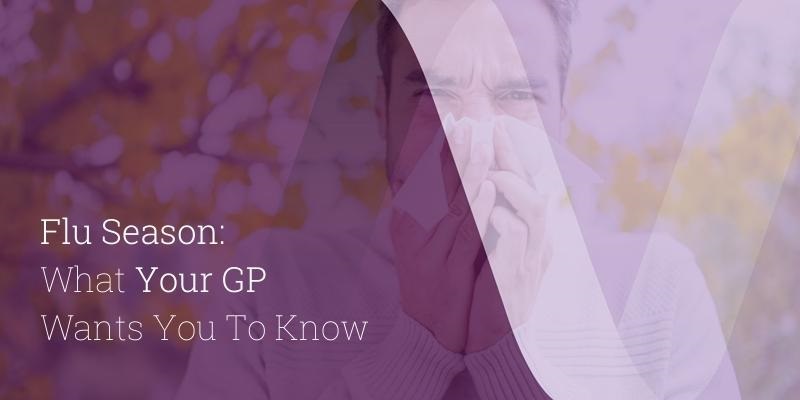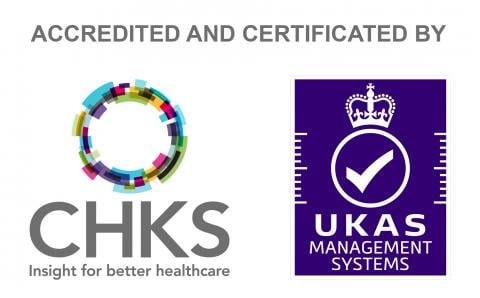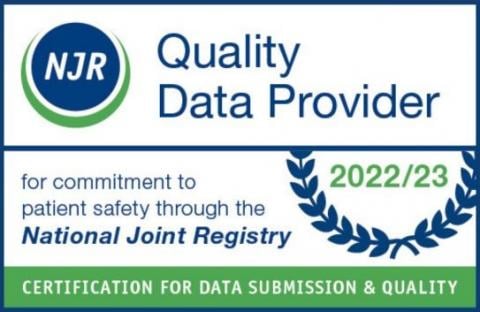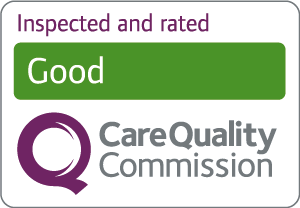
In recent years the E-cigarette has permeated the market, estimated to be worth £15.5bn in 2019. Seven countries have already banned vaping, stemming from safety concerns about its effect on a person’s respiratory system as well as its capacity to spread viruses. This Love Your Lungs Week, Consultant Respiratory Physician, Dr Aimee Brame, talks to you about the dangerous effects that vaping can have on your lungs, and what you can do about it.
The emergence of the E-Cigarette
After Herbert A Gilbert failed to secure a patent for the first electronic cigarette in 1965, Pharmacist Hon Lik assumed the effort and by 2003 he had produced the first automated cigarette to administer nicotine via vapour instead of smoke.
By 2005, e-cigarettes were deployed into the UK market and made their way to the US by 2007. Whilst it was thought that the e-cigarette could eradicate the original cigarette and make people healthier, recent studies have found that the dangers of this device are two-fold – they affect both the user and the passer-by.
The e-cigarette can be found in the form of several devices:
Cigalikes: similar to tobacco cigarettes although these are rechargeable
Vape pens: shaped like a pen, these devices store e-liquid
Pod systems: look like a usb stick and also contain refillable e-liquid pods
Mods: the largest e-cigarette devices, also refillable
The growth of the e-cigarette can be credited to its success rate in helping you to quit smoking; if you vape, you are twice as likely to quit smoking compared with the aide of patches and nicotine replacement gum. But the information about the damage done to your lungs is often unknown, and with that, many are ill-informed about the risks of contracting long term viruses, particularly, Long Covid.
Cigarettes, e-cigarettes and your lungs
There are at least seven thousand chemicals that make up a cigarette. Sixty nine of these are known to cause cancer.
Your blood carries these chemicals around your body, whilst the tobacco smoke that contains carbon monoxide deprives your organs of the oxygen that you need.
Tobacco causes 8 million deaths each year, inducing cardiovascular diseases, cancers, diabetes, hypertension, and lung disorders.
As your lungs rest on each side of your heart, absorbing oxygen and moving it into your bloodstream, they remove the carbon dioxide from your system.
E-cigarettes/vapes work by electronically heating a solution to create inhalable nicotine. The advantages of this type of cigarette is that it does not contain tobacco, nor does it burn or produce smoke.
However, E-cigarettes release a number of potentially toxic substances including acetaldehyde, acrolein, and formaldehyde, which contribute to both lung disease and cardiovascular disease, thus creating many of the same dangers as those of the normal cigarette.
Impaired lungs mean an impaired immune system and susceptibility to disease. A survey of approximately 45,000 adolescents in Hong Kong found that e-cigarette use also increased chronic cough whilst research in Southern California found an increase in the risk of chronic bronchitic symptoms.
Furthermore, a recent study of nearly 40,000 participants found that e-cigarette use was associated with higher ratings of dyspnea or shortness of breath, COPD and asthma.
More and more studies are showing that vaping increases inflammation in the airways and can worsen asthma symptoms and trigger asthma attacks; fourteen percent of UK asthmatics find that vaping or being exposed to second-hand vape triggers their asthma symptoms.
E-cigarettes and long covid
Insofar as vaping providing a healthier way to smoke, there is strong evidence that vaping increases your risk and can even spread the COVID-19 infection.
In 2020 it was reported that along with respiratory droplets, another predominant mode of transmission of the Coronavirus is through aerosols, particularly e-cigarettes.
Particulates and flavourings in e-cigarette aerosols also impair lung function and smokers and e-cigarette users are at a heightened risk of developing chronic lung conditions, which have been associated with more severe cases of COVID-19.
Amongst 13-24 years olds, a COVID-19 diagnosis was five times more likely amongst users of vaping products and seven times more likely among dual use of vaping products and tobacco cigarettes.
If you vape and smoke tobacco cigarettes, you have an elevated risk of respiratory problems due to continued exposure to burnt tobacco.
The war on cigarettes
Smoking is the single largest cause of death and the biggest cause of cancer worldwide.
To combat, the rise of vaping and the perpetuation of tobacco smoking, the UK government recently designed a plan to have the nation smoke free by 2030. This campaign has so far been endorsed by 74 organisations.
The plan aims to reduce the appeal and availability of e-cigarettes to children while councils have also stepped in, calling for reduced VAT on e-cigarettes and have asked to impose a 2030 levy on tobacco manufacturers.
Top tips to look after your lungs
Don’t smoke
Avoid areas with high pollution
Stay active
Learn to breath properly – diaphragmatic breathing and simple deep breathing
Watch your posture
Take medications as prescribed and make sure you are seen for annual check-ups
Consider vaccinations if these are offered
See your doctor if you develop new chest symptoms or your usual symptoms worsen
If you have asthma and you are finding that you are more wheezy or breathless, book in for a review and please consider avoiding vape.
If you are concerned about your symptoms or would like further information on Respiratory health, you can speak to one of our Consultant Respiratory Physicians or call us on 020 8949 9020. Alternatively you can fill in our online form.













